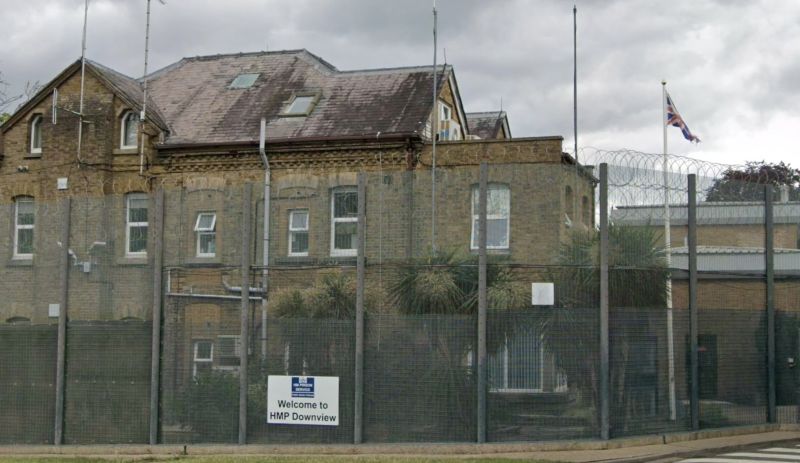Local Government Reorganisation in Surrey: Key Proposals
The leaders of all 12 Surrey councils have reached an agreement on the fundamental principles for an interim proposal concerning local government reorganisation (LGR) within the county. The proposal, which follows a government directive issued in February, outlines the potential restructuring of Surrey’s local government into either two or three unitary authorities.
Dividing Surrey: Two or Three Unitaries?
While Surrey County Council has advocated for the creation of two unitary councils, the majority of the district and borough councils favour a three-unitary model. The proposal has now been submitted to the government, which will decide whether to pursue one of these options further before a final business case is due in May. A government decision on the restructuring is anticipated in the autumn.
Tim Oliver, Leader of Surrey County Council, expressed his confidence in the two-unitary approach, stating:
“I am clear that two unitary councils would bring the most benefits for Surrey’s residents. It would create a simpler model of local government that is more efficient, offers better value for money and improved outcomes for all.”
He also highlighted the potential for devolution under this model, allowing for the election of a mayor who could secure additional powers and funding for Surrey.
However, the vast majority of district and borough councils, including Epsom and Ewell Borough Council, have shown strong support for a three-unitary model. Hannah Dalton, Chair of Surrey Leaders Group and Leader of the Residents Association ruling group in Epsom and Ewell Borough Council, remarked:
“The leaders of Surrey’s councils have been meeting weekly to discuss how local government will be structured here in Surrey. Later today, district and borough councils will publish a report outlining potential options on what form local government reorganisation may take, which will include scenarios for two and three unitary councils. The vast majority of the 11 districts and boroughs are supporting three unitaries.”
Dalton emphasised the importance of securing the best possible outcome for Surrey’s residents, reaffirming the commitment of local councils to work collaboratively in developing the final proposal.
Financial and Structural Implications
The recently released Interim Plan – Part B provides a high-level analysis of the advantages and disadvantages of each proposal.
Two Unitary Councils:
- Would create larger, more financially sustainable authorities (populations between 500,000 and 600,000 each).
- Would align with government criteria for devolution and financial sustainability.
- Risks include potential disruption in service delivery and the challenge of balancing financial stability between the two authorities.
Three Unitary Councils:
- Would offer more localised governance, aligning with existing borough and district identities.
- Could weaken financial resilience due to smaller council tax bases and greater complexity in disaggregating existing services.
- Risks include higher long-term costs and potential for economic disparity between wealthier and less affluent areas.
According to the financial appraisal, the three-unitary option is expected to be the most expensive to implement and least likely to meet government criteria for financial sustainability.
Next Steps and Government Decision
The submission of the interim proposals on 21st March marks the first step in the government’s review process. Local councils across Surrey are set to hold Extraordinary Council Meetings in the coming weeks to discuss and note the submission.
A full business case is required by 9th May, and consultations with residents, businesses, and stakeholders will continue in the interim period. Surrey’s final decision will ultimately rest with central government, which is expected to announce its verdict in the autumn.
The coming months will determine whether the vision of two or three unitary authorities prevails and what the reorganisation will mean for local governance, service delivery, and financial sustainability across Surrey.
Stay updated with the Epsom and Ewell Times for ongoing coverage of the local government reorganisation process.
Related reports:
Could Woking’s debt be shared by you after reorganisation?
An independent view on Epsom and Ewell Council’s future















